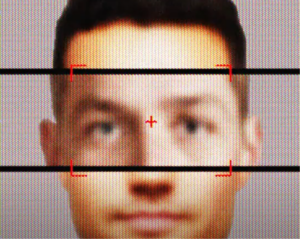Using facial recognition tools, human DNA and artificial intelligence, US police tried to create a 3D model of a possible criminal’s face to help solve a dead-end case.
In 2017, detectives trying to solve the murder of Maria Jane Weidhofer came up with the idea of how to solve the 30-year-old case. Weidhofer was found dead in Tilden, California in 1990. Nearly 30 years later, detectives sent genetic information collected from the crime scene to Parabon NanoLabs, a company that claims it can generate a face from DNA.
Parabon NanoLabs used the suspect’s DNA in its proprietary machine learning model. It soon gave the police department something detectives had never seen before: a potential suspect’s face created solely from crime scene evidence.
The image produced by Parabon NanoLabs was not a photograph. It was a 3D rendering of how the company’s algorithm predicted a person might look based on genetic attributes found in a DNA sample.
The company suggested that the killer’s face was male. She had fair skin, brown eyes and hair, no freckles and thick eyebrows. A forensics expert working for the company photoshopped the man into a vague, close-cropped haircut and gave him a mustache, an artistic addition that came from the witness’s description, not the DNA sample.
Police released the predicted face in an attempt to ask the public for tips. In 2020, one of the detectives also ran the rendering through facial recognition software. It is not yet known whether the criminal will be caught with this.
Source: Wired

